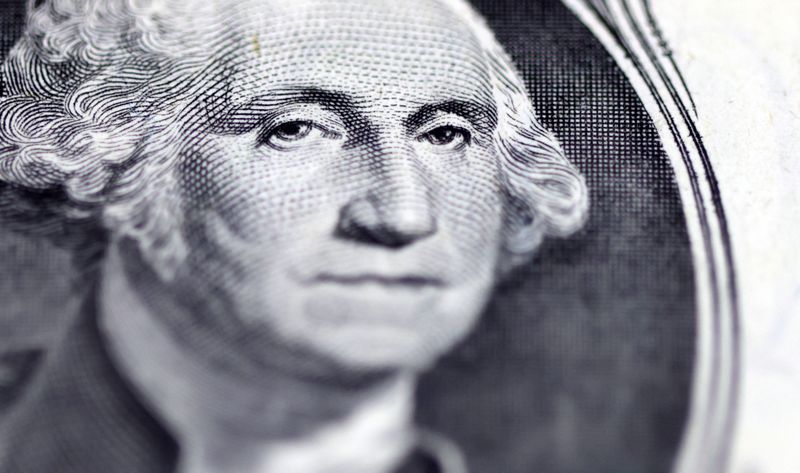
At 04:31 ET (08:31 GMT), the U.S. Dollar Index, which tracks the greenback against a basket of six other currencies, traded 0.04% higher at 105.07.
It had fallen last week to a more than three-week low, a decline fueled by wagers that the Fed may now choose to slash rates from more than two-decade highs as soon as September. Markets were previously betting that the central bank would roll out an initial 25-basis point reduction in November.
The soft payrolls data also put upcoming addresses by a string of key Fed officials this week squarely in focus. On Monday, New York Fed President John Williams and Richmond Fed President Thomas Barkin are both set to speak, followed by Minneapolis Fed President Neel Kashkari a day later. Chicago Fed President Austan Goolsbee and Fed Governor Michelle will make appearances later this week as well.
The euro exchanged hands 0.1% higher at $1.0769. The European Central Bank is widely tipped to roll out its own rate cut in June, although it remains uncertain what will happen with monetary policy after the meeting.
Meanwhile, the British pound traded 0.2% higher at $1.2573. Data last week showed that the U.K.’s key services sector remains in a healthy state, possibly granting the Bank of England more room to delay rate reductions.
Broader Asian currencies retreated after recently gaining some ground against the dollar. But the prospect of U.S. borrowing costs remaining elevated in the near-term kept most regional currencies trading negative for the year.
The Japanese yen’s USDJPY pair rose 0.6% on Monday, although trading volumes in the pair were held back by a market holiday in Japan, while the Chinese yuan’s USDCNY pair fell 0.4%.
The Singapore dollar’s USDSGD pair advanced 0.1%, while the Indian rupee’s USDINR pair edged up 0.1%.
Elsewhere, the Australian dollar’s AUDUSD pair climbed 0.3%, coming close to two-month highs as traders positioned for a Reserve Bank of Australia meeting on Tuesday. While the RBA is expected to keep rates unchanged, it is also expected to strike a hawkish chord after a stronger-than-expected inflation reading for the first quarter.
To read the full article, Click Here
